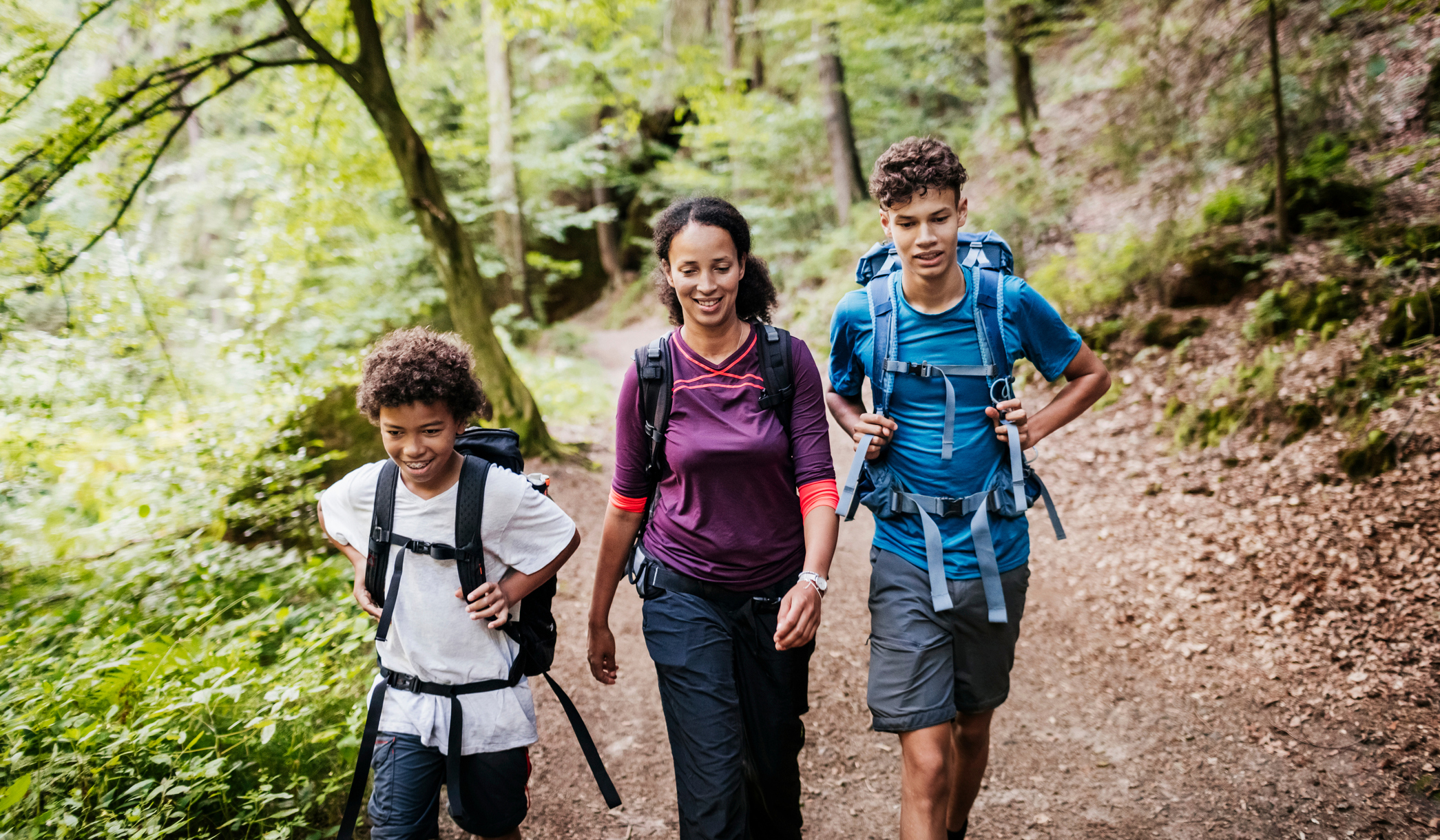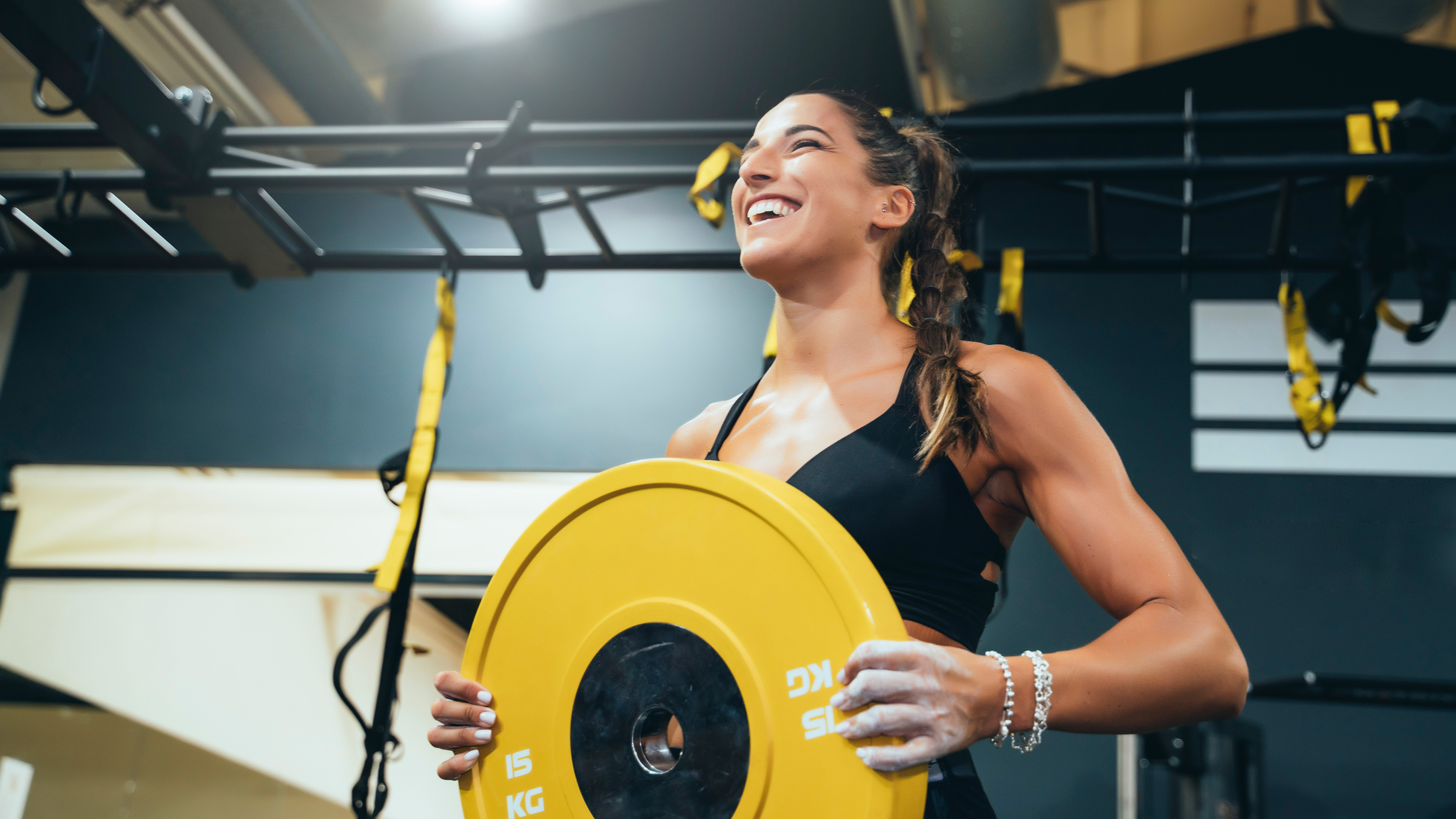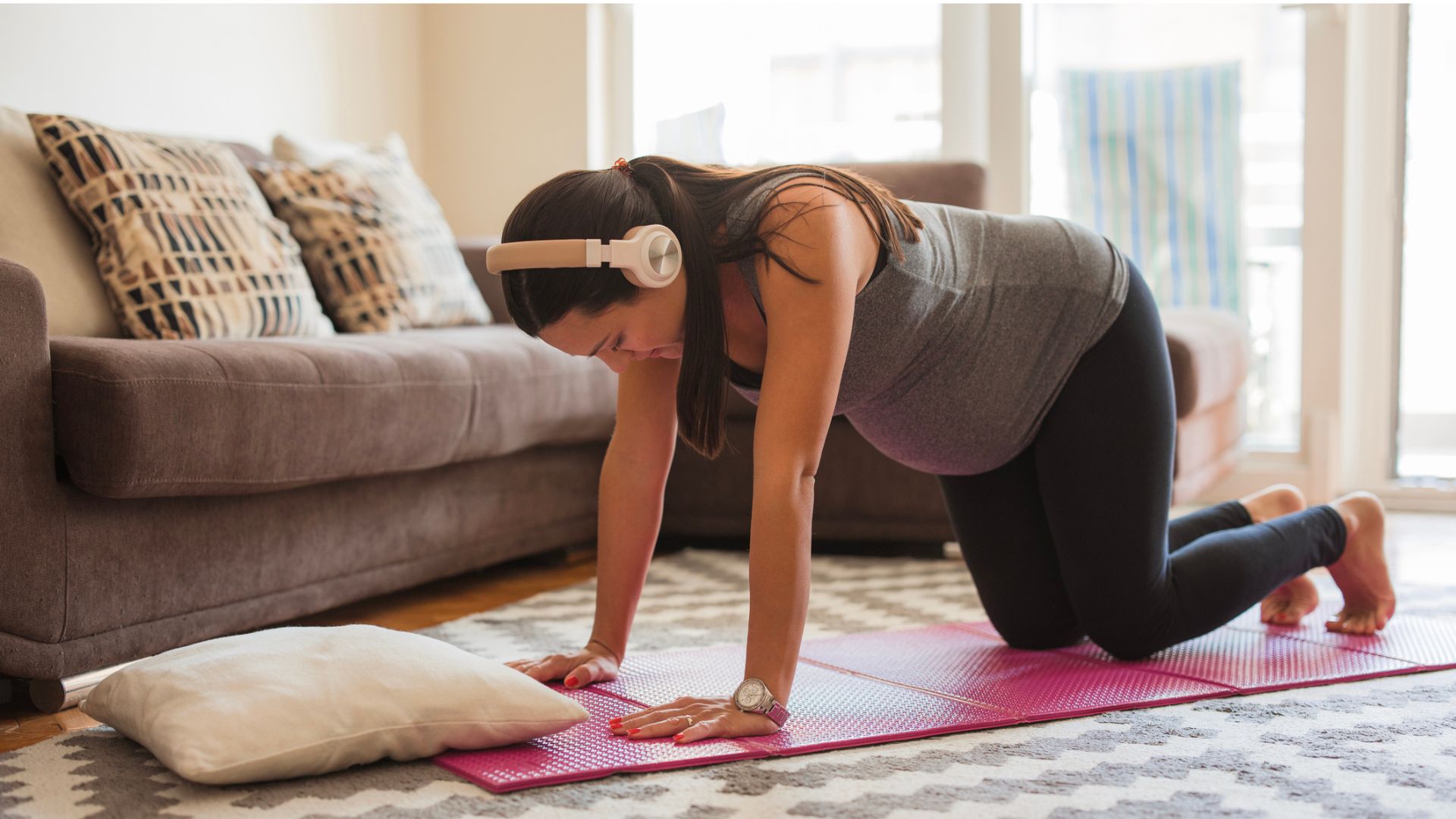What is “rucking” and how can it help you get fit and lose weight?
Hate running, but still want to get your cardio outdoors? Rucking might be for you


Are we too comfortable in our air-conditioned rooms and our microwaved meals? Maybe. Sometimes it’s good to get outdoors, go for some exercise and get comfortable with being uncomfortable, but many people hate long-distance running.
Fortunately, an old form of exercise is gathering steam once again, ideal for those people who dislike lacing up the best running shoes for men, or best running shoes for women, but are still keen to exert themselves over long distances. Say hello to rucking.
What is rucking?
Rucking is pretty simple: load up a heavy backpack and go for a walk or a run. That’s it. There’s not too many studies conducted on rucking directly, but a paper published in the journal Nature suggests that human bodies were built for endurance running, chasing down prey until it collapsed from exhaustion, and carrying parts of it home again.
It’s a practice also derived from a lot of military practices both ancient and modern, in which soldiers have to move across rough terrain with a backpack full of gear on.
Michael Easter is an adventurer, journalist and the author of The Comfort Crisis, a book that recommends getting some experience with uncomfortable situations, the great outdoors and difficult exercises in order to become happier. In an article for Runner’s World, Easter says rucking is “the missing link” between strength and endurance exercises, and carrying his heavy backpack and loads of firewood while adventuring in the arctic drastically improved his runs back home.
When it comes to an exercise that could be uncomfortable in the moment, but will improve your overall fitness and get you outside without having to run or cycle, a military-style hike with a moderately-heavy backpack could be just what the doctor ordered.
Rucking: How to get started

Rucking could be considered an endurance version of exercises like the farmer’s walk, which involves carrying heavy weights from one side of the gym to the other.
Get the Fit&Well Newsletter
Start your week with achievable workout ideas, health tips and wellbeing advice in your inbox.
It acts a little bit like one of the best elliptical machines with high resistance settings, in that it makes a cardiovascular exercise more difficult by adding a resistance training element. It’s very easy to get started – just pack something heavy into a backpack, put on your best shoes for walking and go for a walk.
Don’t overload yourself too quickly. Before going on a wilderness trek with a 40lbs pack, try a much lighter weight and walk around the block for 30 minutes. Difficult terrain will also add to the workout’s difficulty, so practicing in your neighborhood with a light load is a great way to get used to the exercise.
This is especially important if you’re choosing to run instead of walk. By adding extra weight to an already high-impact exercise, you’re risking damaging your knees and ankles. Consider slowing down to a walk or carrying a very light weight if you want to go on your first ruck-run – and trying a few of the best supplements for joints to keep everything healthy.
Finally, consider getting a sports backpack with a chest-strap, in order to more effectively distribute the weight across your body. Make sure you bring plenty of water, too: before you set off, peruse our best water bottles for hiking guide.
Matt Evans is an experienced health and fitness journalist and is currently Fitness and Wellbeing Editor at TechRadar, covering all things exercise and nutrition on Fit&Well's tech-focused sister site. Matt originally discovered exercise through martial arts: he holds a black belt in Karate and remains a keen runner, gym-goer, and infrequent yogi. His top fitness tip? Stretch.

